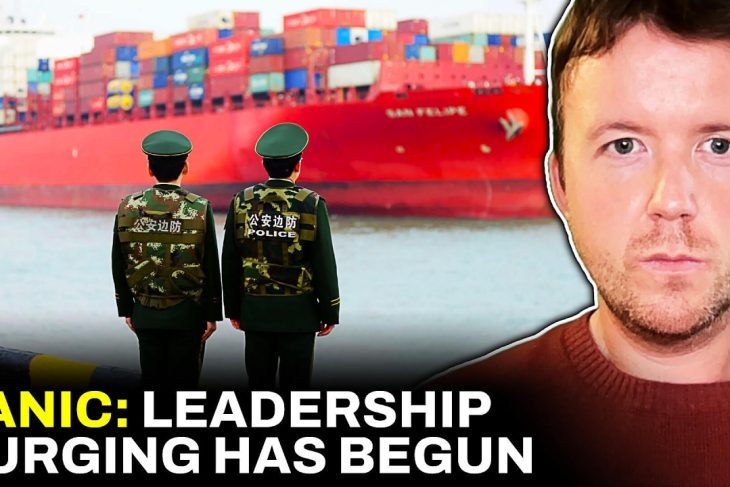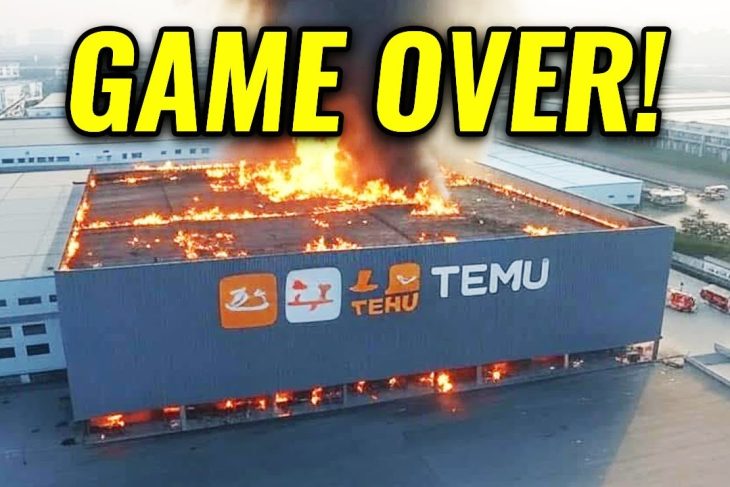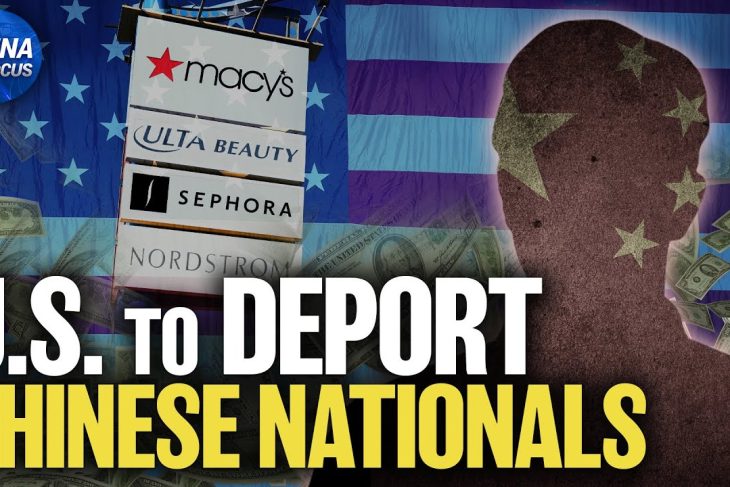The U.S. just pledged $571 million in military aid to Taiwan, escalating tensions with China. With advanced weapons, strategic alliances, and the risk of a global economic crisis, what does this mean for the future of U.S.-China relations? Could this push China toward military action? Watch now as we break down the details of the aid package and its potential consequences.Yes! Here’s your structured video description: CHAPTERS:00:00:00 The U.S.-China-Taiwan Conflict: A Geopolitical Flashpoint00:01:29 U.S. Military Aid to Taiwan – What’s Included?00:03:00 Taiwan’s Strategic Importance in the Indo-Pacific00:05:04 China’s Military Expansion vs. U.S. Defense Strategy00:07:02 The Economic Risks of a Taiwan Blockade or Invasion00:09:03 Future Scenarios: Will China Move Against Taiwan?00:12:02 The U.S. Response & the Future of the ConflictKey Topics CoveredThe U.S.-China-Taiwan Conflict: A Geopolitical FlashpointTaiwan has been at the center of U.S.-China tensions, with China refusing to recognize it as independent.While the U.S. doesn’t formally recognize Taiwan, it has provided military and economic support for years, escalating tensions with China.The latest $571 million military aid package signals the U.S. may be moving closer to formalized relations with Taiwan despite China’s opposition.What’s Included in the Military Aid Package?The U.S. is supplying weapons, vehicles, and ammunition to strengthen Taiwan’s defense.$265 million will go toward 300 tactical radio systems, while $30 million funds 16 gun mounts.However, full details remain classified, with most military procurements taking years to be fully delivered.Taiwan’s Strategic Importance & U.S. Defense StrategyTaiwan’s location blocks China’s access to the Pacific, limiting its naval expansion.The U.S. maintains a network of military bases in the Indo-Pacific, creating a strategic deterrent against Chinese aggression.If China annexes Taiwan, it could control trade routes, build military bases, and challenge U.S. influence.China’s Military Expansion vs. U.S. Technological EdgeChina is expanding its military, but its technology still lags behind U.S. capabilities.The U.S. leads in airpower, stealth bombers, and surveillance, while China focuses on mass-producing cheaper weapons.The B-21 Raider stealth bomber, HIMARS missile systems, and PATRIOT air defense batteries could be key in deterring Chinese aggression.Economic Risks of a Taiwan Blockade or InvasionTaiwan dominates global semiconductor production, making it essential to the world economy.A Chinese blockade could trigger a global economic crisis, with GDP losses of 5% worldwide and up to 40% for Taiwan.If the U.S. intervenes, trade disruptions and sanctions could escalate the situation further.Future Scenarios: Will China Move Against Taiwan?Analysts suggest China could launch a blockade soon, exploiting Taiwan’s military delays and U.S. focus on Ukraine.Others predict China will wait until the 2030s or 2049, aligning with its long-term strategic goals.With new U.S. military advancements and strong Indo-Pacific alliances, China may hesitate to take direct action.The U.S. Response & the Future of the ConflictThe U.S. has maintained a delicate balance—supporting Taiwan without direct provocation.Continued military aid, advanced technology, and strategic alliances could further challenge China’s ambitions.The coming years will determine whether tensions escalate into conflict or remain a geopolitical stalemate.
What do you think? Will China escalate its actions against Taiwan, or will U.S. deterrence hold? Let us know in the comments!






